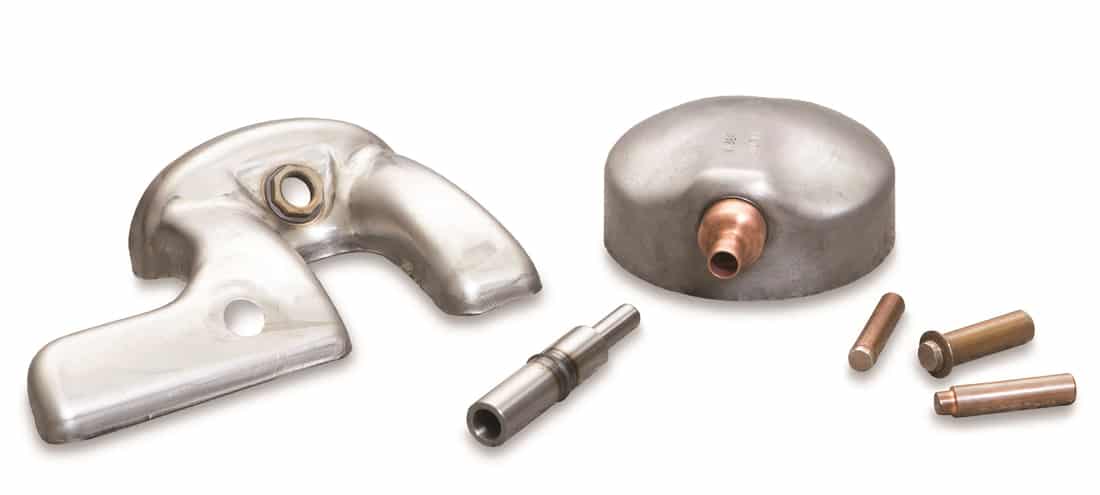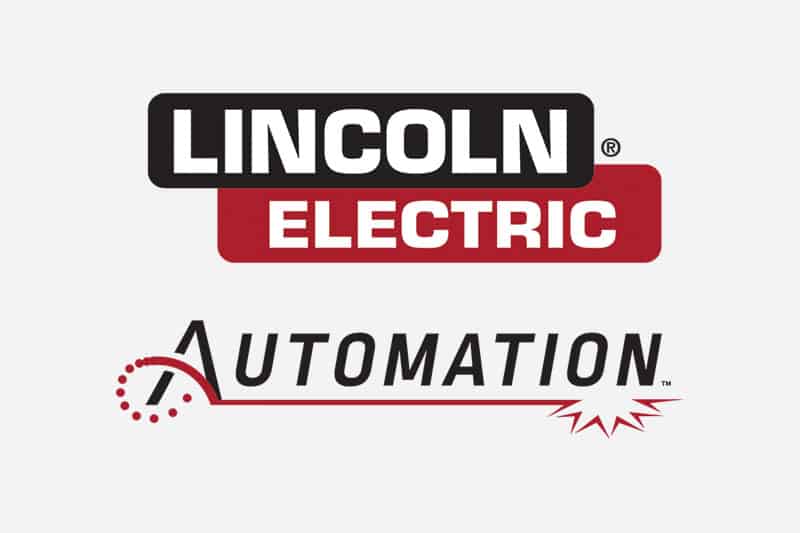Coldwater Machine Company has announced its rotary friction welding (RFW) service for companies interested in prototype or short run production in the 100 – 600 part range. Workpieces are joined using the company’s SpinMeld(TM ) solid state joining system, well-suited for joining bar stock and tubes, rods, cylinders, fasteners, studs, nuts and fittings on various parts, as well as drills, rods and hand tools with carbide inserts, heat sinks, air bag inflators, electrodes and virtually any shafted component, which can be comprised of dissimilar materials.
Coldwater specializes in applications where the cylindrical or symmetrical spinning component is 2-in. solid diameter or less, 25-in. in length or less, and has a thickness of at least 1/16-in. Larger diameters can be handled depending upon the contact surface area of the materials.
Coldwater’s SpinMeld system provides high speed capability for joining of dissimilar materials only offered by a handful of American companies. The system can join steels, aluminum, cast or sintered metals, magnesium, brass, ceramics with mixed metal connections, and dissimilar combinations of these materials.
With this service, Coldwater also develops the necessary work holding tooling. The company also offers mechanical testing, cross-sectioning, and non-destructive testing of the component weld MET lab. Production quality samples for evaluation and testing using supplied workpieces can be created to prove process feasibility.
Rotary Friction Welding Benefits
Rotary friction welding joins a spinning workpiece to a stationary one by rotational friction energy and applied force. The materials are heated to a plastic (non-melting) state at the joint interface. The materials are then forged together by force, creating a strong joint. It offers numerous benefits over other welding techniques including higher weld strength and airtight welds absent of voids, a minimal heat affected zone, consistent weld duplication, and the elimination of consumables or fillers. Additionally, as all weld parameters are monitored during the joining process, the weld quality is validated each cycle, eliminating the need for post process and destructive testing that often tie up valuable resources in production environments.




